Formula 1
F1 Revival in South East Asia: Racing Returns?

South East Asia: A Promising region for Formula 1 South East Asia has long been a hub for Formula 1, with notable events like the Indian Grand Prix (2011-2013) and the Malaysian Grand Prix, which has been a staple since 1999 up until 2017, drawing significant attention from motorsport enthusiasts. The Indian Grand Prix held at the Buddh International Circuit, showcased the region’s potential by attracting large crowds and significant international interest during its short tenure. Similarly, the Malaysian Grand Prix, held between 1999 and 2017 at the Sepang International Circuit, provided fans with some of the most memorable races in F1 history due to its challenging track layout and unpredictable weather conditions. The Sepang track still holds MotoGP races where legendary rider Valentino Rossi has taken victory seven times. The Sepang track is also the host of many endurance races, like the Asian Le Mans Series, The Sepang 1000 km, and the Intercontinental GT Challenge. Despite this interest, various challenges, such as logistical issues, financial constraints, and political factors, have prevented the region from becoming a permanent fixture on the F1 calendar. This has been a source of disappointment for local fans who crave the high-octane thrill of F1 cars racing through their cities and the economic boost such events typically bring. However, recent developments from Liberty Media, the owner of the Formula One Group, offer a glimmer of hope for fans in this region. Greg Maffei, CEO of Liberty Media, has hinted that a race in South East Asia is increasingly likely. This is particularly exciting news for F1 enthusiasts in countries like Thailand, Indonesia, and Malaysia, all of which have shown a keen interest in hosting such an event. Maffei’s statements have reignited discussions among local motorsport authorities and business stakeholders about the feasibility and benefits of hosting F1 races.
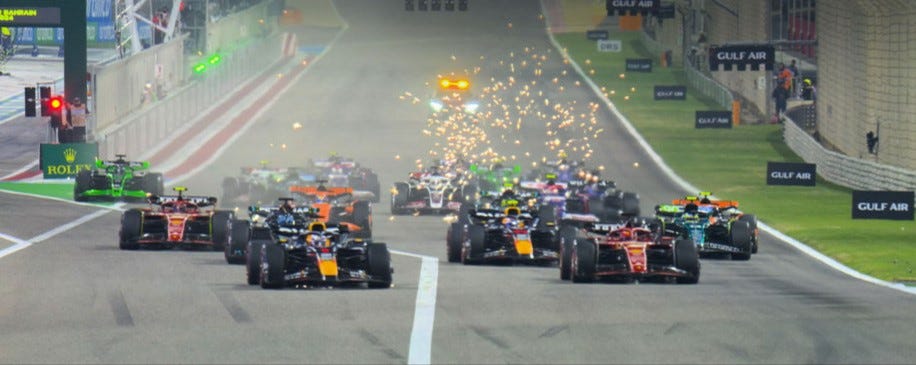
Potential Venues for Races
Malaysia: Should Formula 1 make a return to Malaysia, the Sepang International Circuit is the favored venue. Known for its two long straights connected by a tight hairpin, Sepang has been the site of some of the most thrilling races in F1 history. The circuit, also known as the Petronas Sepang International Circuit, would be a perfect fit given that Petronas is a major sponsor of the Mercedes F1 team.

Sepang’s infrastructure is well-equipped to handle the logistics of an F1 race, with its modern facilities and history of hosting major international events. The track’s combination of high-speed sections and technical corners presents a significant challenge for drivers, adding to the excitement for spectators. Moreover, Malaysia’s strategic location in Southeast Asia makes it an accessible destination for international fans. This is the venue for the Petronas Grand Prix of Malaysia (2024), the Asian Le Mans Series, The Sepang 1000 kms, and the Intercontinental GT Challenge.
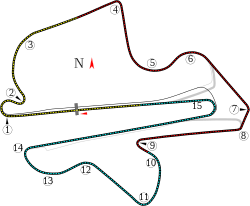
Indonesia: For an Indonesian Grand Prix, the Sentul International Circuit is the top candidate. This 3.9 km track features a sharp right-hand first turn and a total of 11 turns. Though it has never hosted a Formula 1 race, it has a history with GP2 events, with Bruno Senna holding the race lap record. Sentul shows great promise as a new F1 venue, with potential upgrades to meet F1 standards. Its location near Jakarta, a major urban center, could attract a large local and international audience. The Indonesian government’s support for motorsports and ongoing infrastructure development in the region further enhance Sentul’s viability as a host for an F1 race. The circuit’s unique layout, which blends fast straights with tight corners, promises to deliver an exciting spectacle for racing fans.
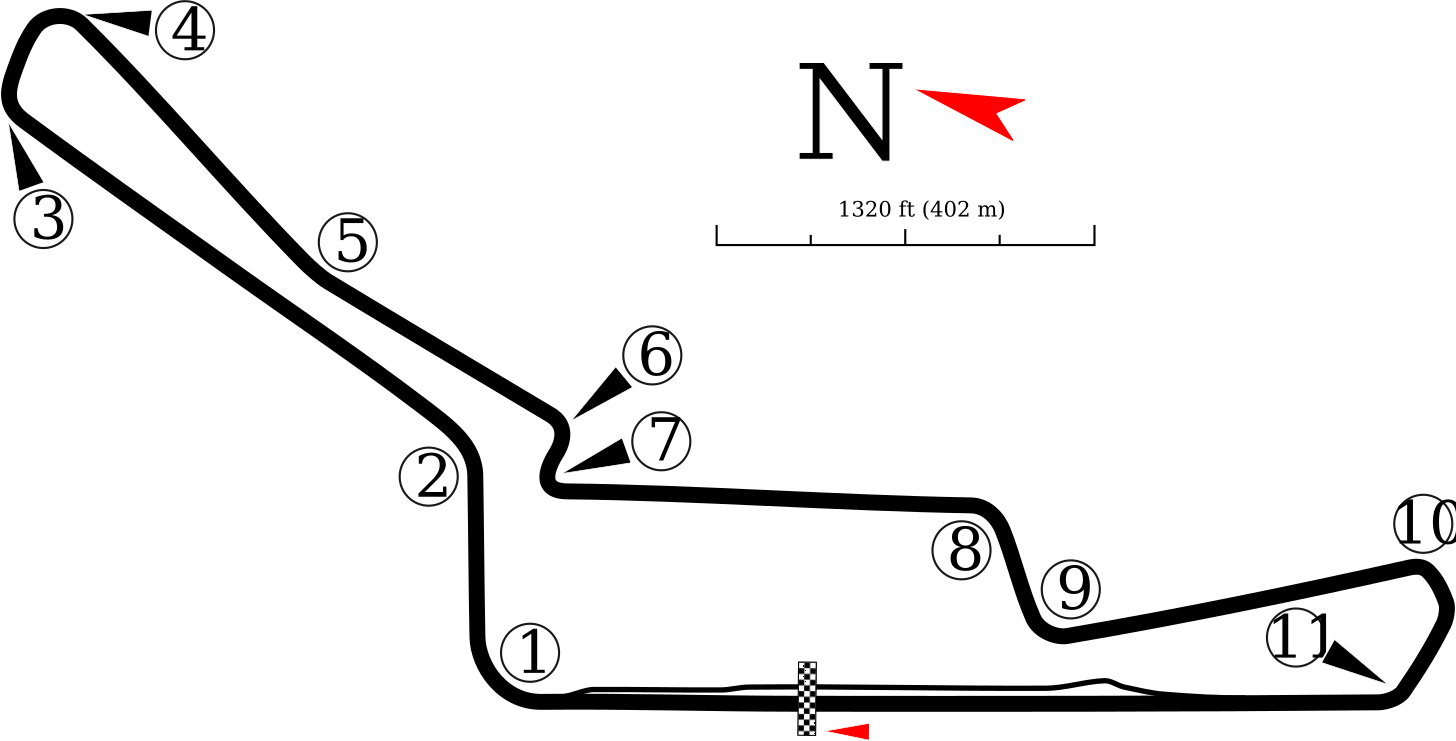
Indonesia has another option to hold a Formula 1 race, at the Mandalika Circuit, the host of the Indonesian MotoGP Grand Prix. Descriptions of Indonesia’s Mandalika MotoGP and World Superbike-hosting track as a ‘street circuit’ are somewhat misleading; rather, this is a purpose-built race track that incorporates some existing public roads and is then handed over for normal traffic usage when not used for racing. This 16-turn, 4.3 km long track gives some very interesting bike races and may even make for a good Formula 1 race track.
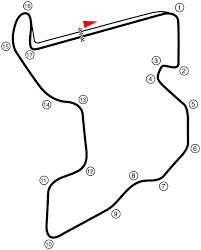
Thailand: The Chang International Circuit, also known as the Buriram International Circuit, is the obvious choice for a Thai Grand Prix. This 4.5 km track, with its 12 turns and wide straights, has hosted several MotoGP races, including the event where Marc Marquez secured his eighth world title. A Formula 1 race here would certainly be a spectacle, offering fans a mix of speed and technical challenges. The track’s long pit lane with a tricky entrance adds another layer of complexity, making it a suitable venue for F1. Additionally, Buriram’s robust tourism infrastructure and Thailand’s popularity as a tourist destination could boost attendance and international interest in the event. The circuit’s design, which emphasizes overtaking opportunities and high-speed action, is well-suited for the demands of F1 racing. It has recently hosted a race in the Fanatec GT World Challenge Asia.
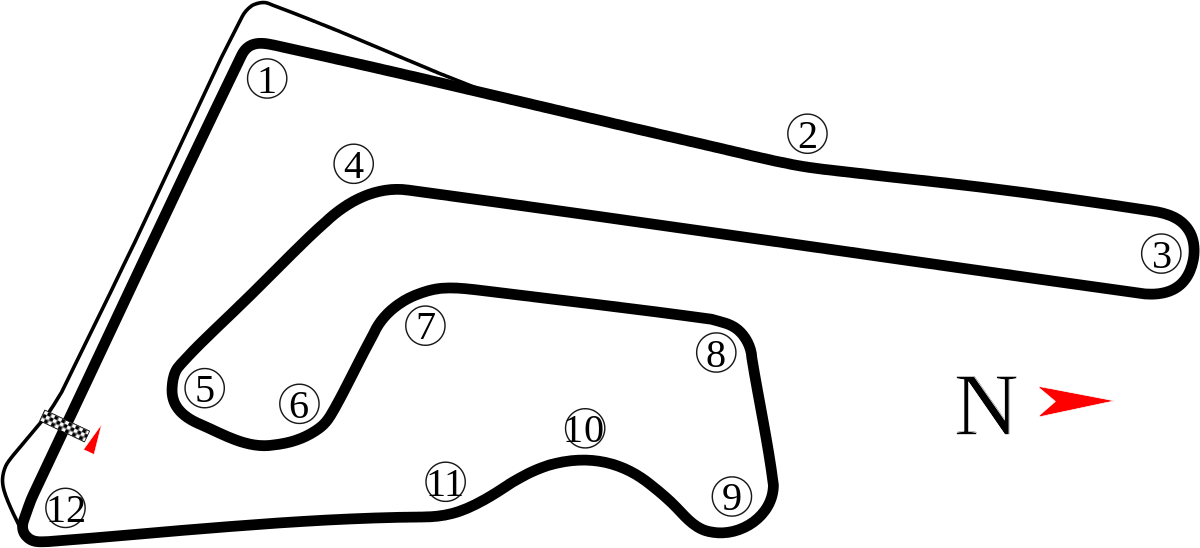
India: While discussing Formula 1 in SE Asia, we cannot forget India. India is a country of 1.4 billion people, filled with adrenaline junkies and octane thrill-seeking fans. Just this weekend, Mumbai hosted a drag racing series at the Juhu Airport runway! This drag race was previously held since the 1970s, stopped for some reasons, and has now been finally renewed. The Hyderabad E-Prix, a wonderfully organized street race through Lumbini Park on the banks of Sagar Hussain Lake, not only fulfilled the dreams of Indians to see a street race in India but also boosted the local economy by a whopping $84 million. Another instance in which motorsport in India would be discussed is the age-old Madras Motor Racetrack. Work began in the 1980s and was finally inaugurated in 1990. This track served as the backbone of Indian motorsport. This FIA-certified Grade 2 track still holds regional races like the MRF championship. Unfortunately, this track cannot hold Formula 1 races as it is a Grade 2 track and only Grade 1 tracks are eligible to hold Formula 1 races. However, there is another track in India which can and has in the past held Formula 1 races. The Buddh International Circuit, located in Noida, hosted races between 2011 and 2013, all of them won by Red Bull’s Sebastian Vettel, who celebrated winning his fourth title at this very track.

Due to political interference and bureaucracy, the races stopped. But, during the launch of Formula 1 and Fancode’s streaming partnership, Formula 1 released data showing there are 100 million fans in India of the pinnacle of motorsport, Formula 1. In the last four years, the sport has grown from 60 million to 100 million fans. Seeing this outburst of fans in India, the Formula One Group may even think about returning to the subcontinent. Currently, there are two under-construction race tracks being built: CoASTT High Performance in Coimbatore and Bren Raceway in Bengaluru. These are not Grade 1 circuits but are circuits of lower grade, helping to create a junior series of motorsport infrastructure in the country.
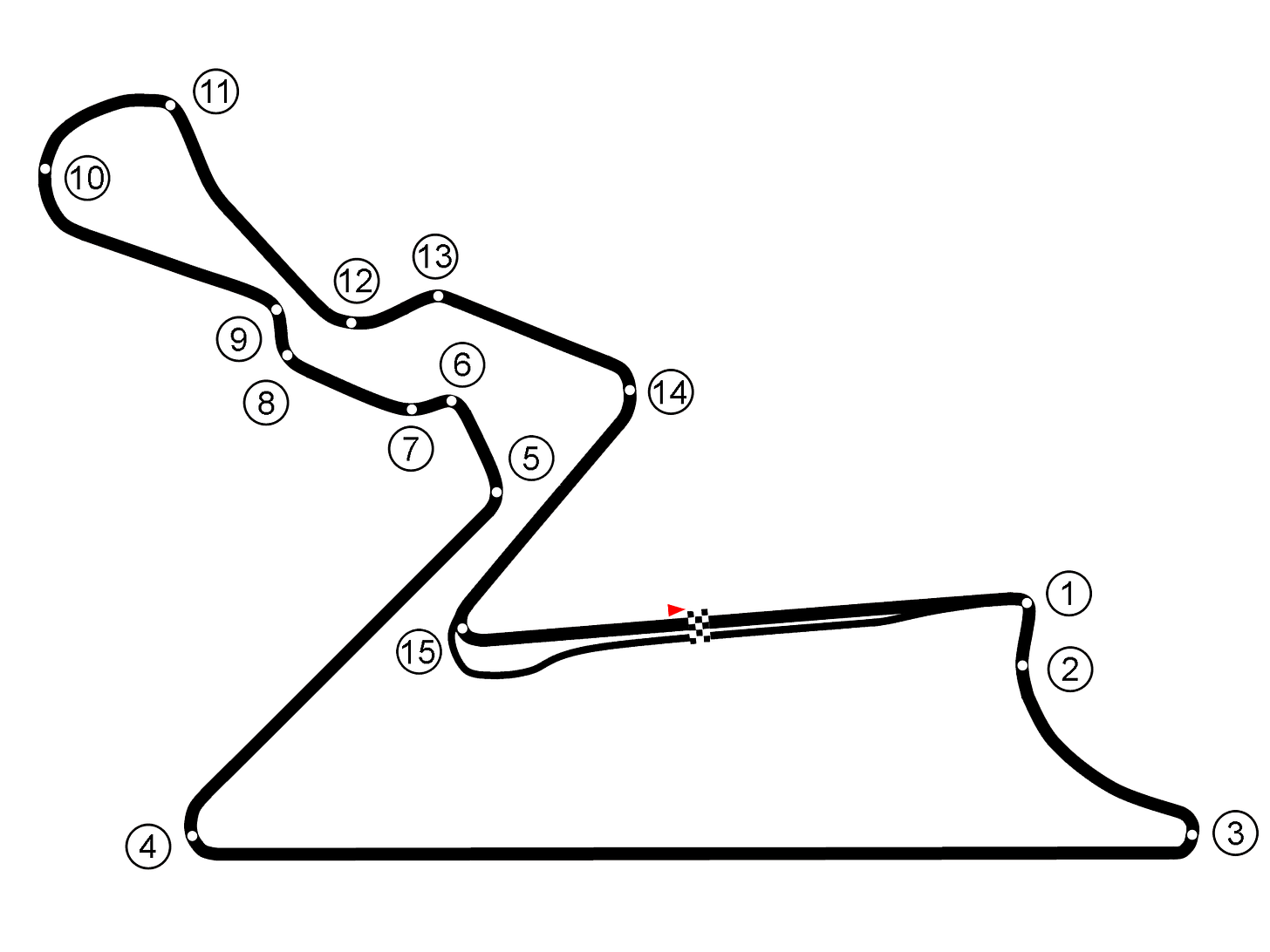
Vietnam: Vietnam has recently become a top choice for a tourist destination due to its cheap flight tickets, lower food and stay costs, making it a beautiful foreign destination for family trips with delicious food. Adding our favorite organic compound—octane—Vietnam was all set to host the Vietnam Grand Prix in 2020, sponsored by Vinfast at the Hanoi circuit, but 2020 was the year of the coronavirus, and the race was canceled. After that, it was indefinitely postponed. This 5.6 km track with 22 turns was all set to provide a banger weekend, but it wasn’t possible. This track contains one very long back straight, complemented by two medium-long straights. It is filled with high-speed bends and a very long hairpin. All these factors make this track a personal favorite among all these tracks. Until its formation, it hasn’t seen much track action, except a few regional bike and car championships. Weather Considerations The weather in Southeast Asia is notoriously unpredictable, which could add an extra layer of excitement to the races. The region’s climate can swiftly change from scorching sunshine to heavy rains, potentially affecting race strategies and outcomes. Teams would need to prepare for a wide range of conditions, making these races uniquely challenging and thrilling for both drivers and spectators. Rain, in particular, has historically added drama and unpredictability to F1 races, as seen in past events at Sepang, where sudden downpours have led to unexpected results and dramatic moments on track. The ability to adapt to rapidly changing weather conditions will be crucial for teams, adding an element of strategy and unpredictability that enhances the overall spectacle.
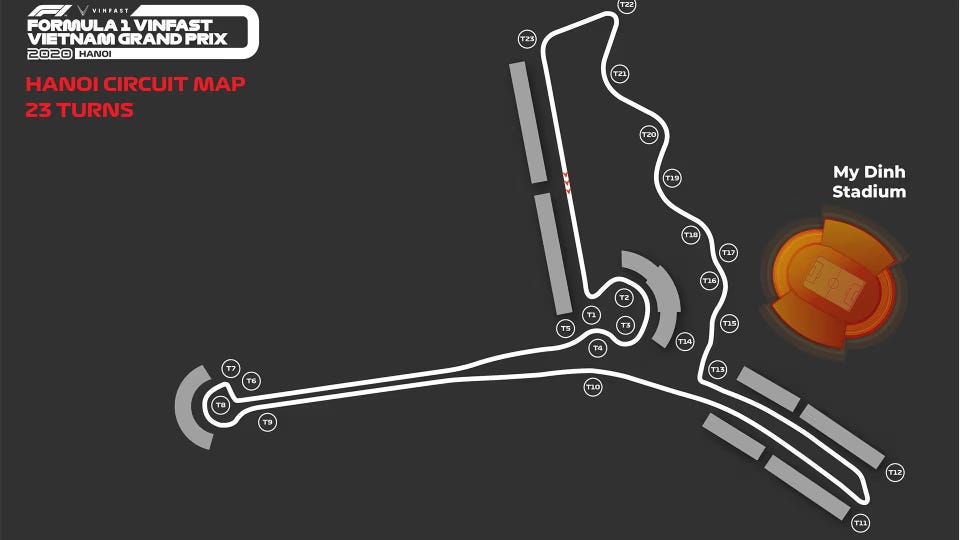
When can these races take place?
While the prospect of new F1 races in Southeast Asia is thrilling, these events are unlikely to materialize before 2026-27, as the 2025 calendar is already set. Organizers will face stiff competition from the expanding number of American GPs, which are increasingly popular. If these Southeast Asian races do come to fruition, they could be scheduled at the start of the season, following the East Asian rounds in China and Japan, to optimize logistics and fuel efficiency. This scheduling would make the races more affordable and accessible for fans, including those from neighboring countries like India, potentially drawing a larger crowd and increasing the region’s appeal to global motorsport audiences. Additionally, aligning the Southeast Asian races with the East Asian rounds could reduce transportation costs and logistical complexities for the teams, making it a more sustainable option for the sport. Stay tuned to Desiracingcompany for updates on whether these exciting developments will come to pass, bringing F1 action back to Southeast Asian tracks and fulfilling the dreams of many local F1 fans. The potential return of F1 to this vibrant and diverse region promises not only to reignite local interest in motorsports but also to showcase South East Asia’s capacity to host world-class events, further integrating it into the global F1 calendar.
Formula 1
INTERVIEW: Everything you need to know about watching Formula 1 on FanCode in 2026
FanCode and Formula 1 have extended their streaming rights deal until at least 2028. As Formula 1’s future in India enters a new phase, the key question for fans is how F1 TV fits into this new setup under FanCode’s exclusive partnership.

On 16 December 2025, FanCode and Formula 1 announced a multi year contract extension that grants the Indian streaming platform exclusive rights to live stream Formula 1 in India. Following the announcement, we spoke to Yannick Colaco, co founder of FanCode, to discuss the journey of the partnership so far, what the new deal means for the future of Formula 1 on the platform, the features fans can expect going forward, and to address some of the key questions from Indian viewers.
Table of Contents
The future of F1TV in India
The official Formula 1 press release stated that “F1 TV Pro and F1 TV Premium will be sold directly via FanCode,” a line that raised several questions among Indian Formula 1 fans. Addressing the confusion, Yannick Colaco clarified that F1 TV will continue to function exactly as it did this year, with the only change being the purchase flow. Subscriptions will now be routed through FanCode, a move aimed at streamlining the experience by bringing everything under a single platform.
“The biggest question is whether anything will change in terms of what users get from F1 TV and FanCode. The answer is yes, but it will be better.”
Driver on board cameras and multiple commentary options on FanCode
On driver on board cameras and commentary options, FanCode’s focus is on offering choice rather than duplicating features. As Yannick Colaco put it, “we don’t want to replicate stuff, we want to give the user the option to choose.” He explained that FanCode does not plan to recreate F1 TV features on its own platform, especially since those tools already exist for fans who choose an F1 TV package through FanCode.

Colaco also spoke about commentary preferences, acknowledging that fan opinions are divided. He noted that research done before FanCode’s 2024 launch showed that many regular users were already critical of the F1 TV commentary. “When we launched Formula 1 on FanCode, we wanted to give fans something different, and Sky Sports was the best coverage available,” he said. At the same time, FanCode will continue listening to viewers and expand its options.
Looking ahead, FanCode is also exploring the addition of more regional language feeds, further widening access to Formula 1 for fans across India.
4K Streams on Fancode? Maybe not in the short term
FanCode has made it clear that 4K streaming is unlikely in the short term. Yannick Colaco explained that access to live 4K remains extremely limited, saying, “the reality is, there is less than 1% or may be lower percentages of end consumers who can access live 4K right now.” He added that owning a 4K TV does not automatically mean viewers are actually receiving a true 4K stream.

Colaco also pointed out that the bigger challenge lies in the last mile viewing experience and the infrastructure available to users. “It about how do you improve the last mile viewing experience of the consumer in the infrastructure that the consumer has,” he said. FanCode’s focus, he explained, is not just on delivering the best possible stream, but on doing so efficiently, adding, “it’s not just the question of giving you access to multiple stream quality options, the focus is on giving you the best quality of stream which most efficiently uses the infrastructure each fan has available to access it.”
The new Packages and Pricing
FanCode is currently finalising its pricing tiers and subscription plans for the upcoming season. While the full details are still being worked out, users will be able to choose from multiple plans, including a dedicated option to access F1 TV in India. FanCode’s popular race by race pass is also set to continue, giving fans flexible ways to follow the championship. Pricing information is expected to be announced sometime in mid January.
Speaking on the approach, Yannick Colaco explained that FanCode will become the single entry point for watching Formula 1 in India, while still offering choice in how fans consume the sport. Regional feeds, weekend passes, monthly packages, and F1 TV subscriptions will all be available through FanCode. He added that fans who opt for an F1 TV package will continue to use the F1 TV app as they do currently, with FanCode handling the access and purchase experience.
What about using third-party apps like Multiview?
Popular third party apps such as Multiviewer for F1 require users to log in using their F1 TV account credentials. Under the FanCode setup, subscribers who opt for a supported plan will continue to receive F1 TV account credentials, allowing them to access content directly through the official F1 TV app. As a result, third party tools like Multiviewer for F1 will remain usable, just as they have been until now.

The Pre-roll and picture-in-picture ads
On pre roll and picture in picture advertising, FanCode maintains that ads are a necessary part of keeping Formula 1 accessible in India, while still trying to minimise disruption for viewers. Yannick Colaco explained the balancing act involved, saying, “I think it is balanced. We need to do advertising because it is an important part of how we can afford to pay for all of this, its part of our business model but we to figure out how to do it with the least intrusive ways to fans.” He added that split screen ads were introduced with that intent, noting that “we do a maximum of 2 per race,” and that the team tries to place them at moments that do not interrupt the action. At the same time, he admitted that the execution still needs improvement, saying, “I will be honest we haven’t been successful enough, we need to do a much better job on it.”

Colaco also revealed that FanCode is open to offering an ad free option at a premium price. He pointed out that a similar experiment was tried during cricket coverage a few years ago, where a completely ad free stream was offered for an extra charge. However, despite complaints about ads, most users were unwilling to pay the higher price.
When asked whether advertising helps keep prices low for consumers, Colaco was clear. “Yes, absolutely,” he said, adding that the current pricing is almost unheard of globally. “I don’t think anywhere in the world, someone can watch a Formula 1 race for Rs.69, around 60 cents a race. It’s just unheard of, like I think even the Formula 1 people think we are mad. We have to figure out a way to balance and provide the cheap prices.”
Desi Racing Co. is dedicated to bringing the latest updates and insights from the world of motorsport. Whether it’s Formula 1, Formula 2, WEC, MotoGP, Indian motorsports, or other racing series, we’ve got you covered! Stay connected with us for in-depth motorsport coverage. Follow us on Twitter/X, Instagram, and LinkedIn to keep up with the latest motorsport news and updates.
Formula 1
How did Kush Maini perform in the Formula 1 post-season test?
Kush Maini became only the third Indian driver to take part in an official Formula 1 session, after Narain Karthikeyan and Karun Chandhok.

Kush Maini got a chance to drive Alpine’s 2025 challenger, the A525 in the post-season young driver test on Tuesday following the Abu Dhabi GP. This marked his first time driving a modern Formula 1 machinery, as the previous F1 tests were part of the ‘Testing Previous Cars’ programme. He also became the third Indian driver to take part in a official Formula 1 session, which is more than a decade later.
How were the test cars different from the ones used in 2025 Abu Dhabi GP weekend?
Regular drivers and rookie drivers ran two different types of cars during the test. A mule car adapted to approximate 2026 performance levels was assigned to the senior and more experienced drivers, while lightly modified 2025 cars were used by the young and rookie drivers. It’s also worth noting that a 290-300 kmph speed limit was enforced throughout the test. It should also be noted that the lap times are not representative, as each team follows different run plan and testing objectives set by Pirelli.
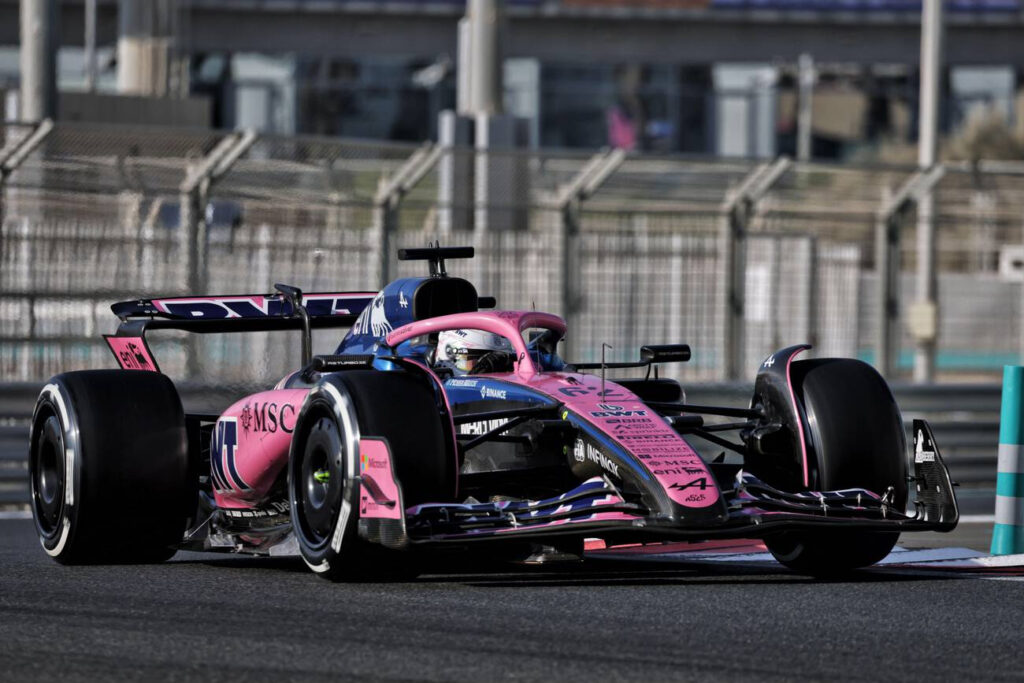
The Performance? Super impressive!
Desi Racing Co understands that both Kush Maini and Pierre Gasly ran the 2026 mule car, unlike several other teams. Both drivers followed the same run plan, with only minor setup changes tailored to their individual driving styles, while the baseline setup remained identical.
The only key difference between the two cars was tyre allocation. Maini ran on the 2025 tyres, while Gasly tested the new 2026 rubber. Across the test, Kush Maini finished just 0.111 seconds off Pierre Gasly’s pace, an impressive showing for the Indian driver given it was his first outing in the A525.
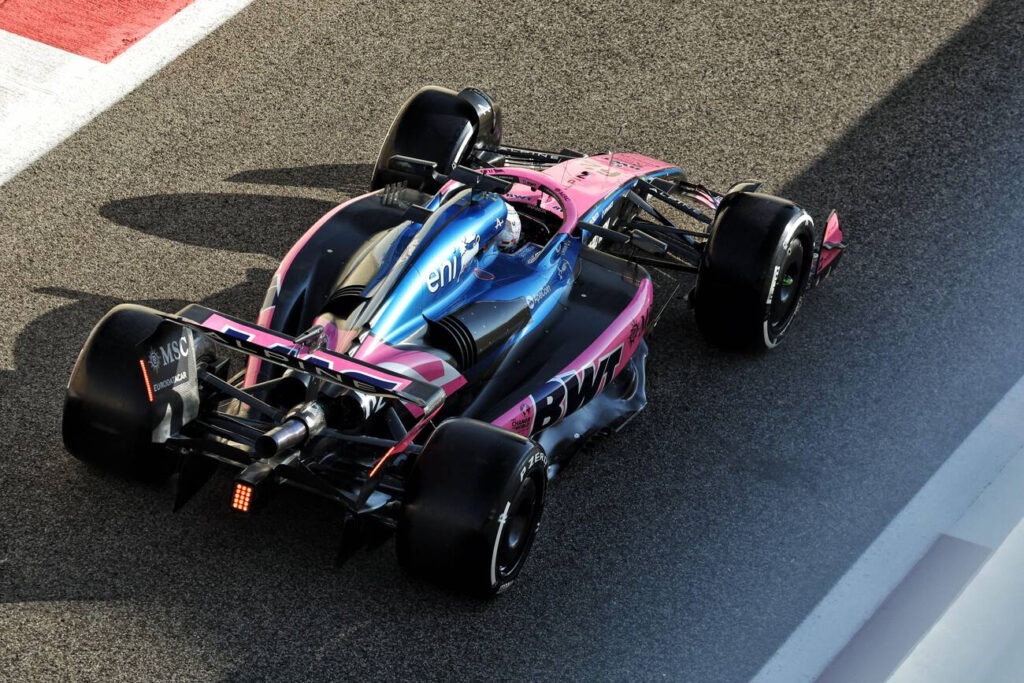
The Morning session
Kush Maini took to the track for the first time in modern Formula 1 machinery and set a best time of 1:27.544, just a tenth of a second slower than Pierre Gasly’s 1:27.433. In the morning session Maini completed a total of 59 laps, which is a lap more than the race distance of the Abu Dhabi GP.
The Afternoon session
Kush Maini headed out in the afternoon session for two race runs alongside Pierre Gasly. We understand that on one of Maini’s runs, he was quicker than Gasly, while on the second he matched Gasly’s pace. After completing the two runs, Maini’s day came to an end, while Gasly stayed on track for one additional race run. Kush Maini completed 69 laps in the afternoon session, bringing the total to 129 laps which is more than double the race distance of the Abu Dhabi GP.
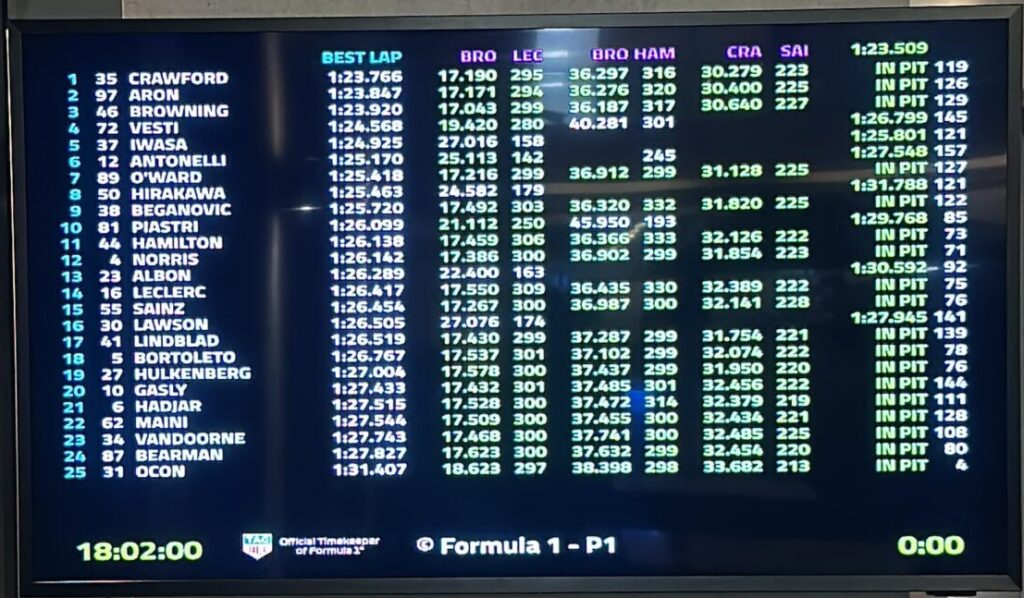
Here is What Kush Maini has to say about the test
“What an amazing experience for me. Firstly, thanks to the team for the opportunity and for all their effort in helping me prepare and executing a really solid day. Everyone at the team has been super to work with, so professional and I have learned a lot today. I felt comfortable and I could just focus everything on completing the run plans, lap by lap. The car ran well, it is just so well engineered and nice to drive, so physically it felt good, but maybe I will have some fatigue in the coming days. It was really cool to have Pierre next to me; he is probably the best driver coach to have so thanks to him too. I think today will take a while to sink in and I am just really grateful to have had this chance.” – Kush Maini
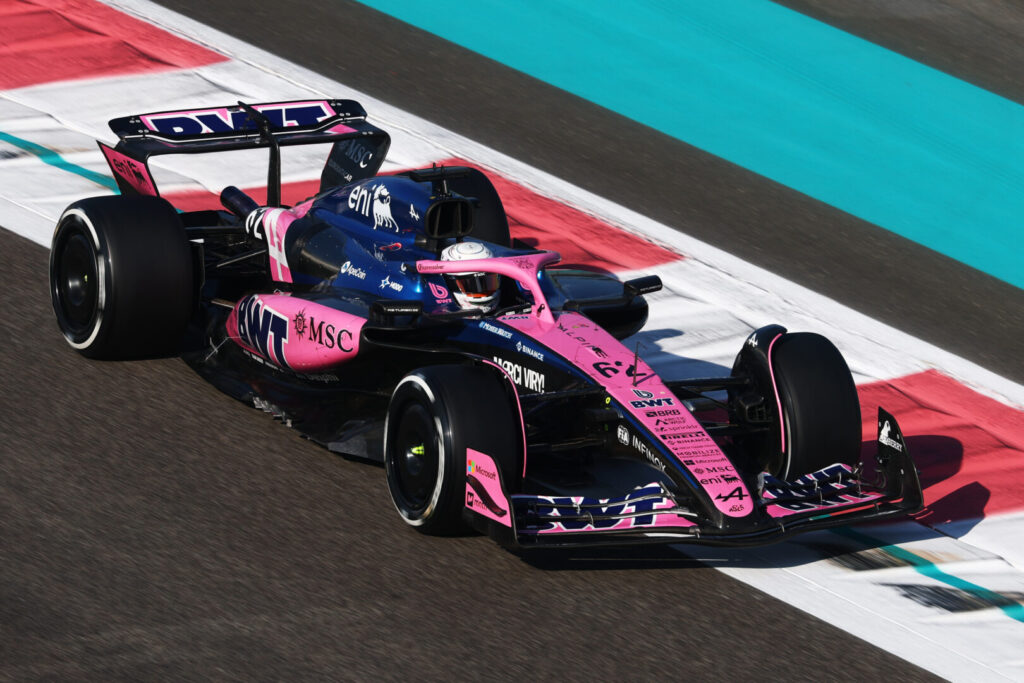
Dave Greenwood, Racing Director, Alpine F1 Team
“Today was our final on-track running of 2025 at the Abu Dhabi post-season test. Kush has had a smooth day in the car, for his first time in a full test session with the team in an official capacity. He worked very hard with the engineers in preparation and has given us some very good feedback from his running, so well done to him for his enthusiasm and professionalism.” – Dave Greenwood
Desi Racing Co. is dedicated to bringing the latest updates and insights from the world of motorsport. Whether it’s Formula 1, Formula 2, WEC, MotoGP, Indian motorsports, or other racing series, we’ve got you covered! Stay connected with us for in-depth motorsport coverage. Follow us on Twitter/X, Instagram, and LinkedIn to keep up with the latest motorsport news and updates.
Formula 1
Red Bull Promote Arvid Lindblad to Formula 1, a Driver with Indian Heritage
Red Bull has promoted junior driver Arvid Lindblad to Formula 1, confirming that he will join their sister outfit, Racing Bulls, for the 2026 season.

Eighteen-year-old British driver Arvid Lindblad has been promoted to Formula 1 for the 2026 season and will line up for Racing Bulls, Red Bull’s junior team. Lindblad also carries a notable link to India through his mother’s side, a heritage he has acknowledged proudly while speaking about his family background.
Early career
His first full season in cars came in 2023, when he contested the Formula 4 UAE Championship and the Italian F4 Championship. Strong early results, including six wins and a dominant triple victory at Monza, helped establish his reputation. He capped off his F4 campaign by winning the Macau F4 World Cup, a prestigious non-championship event that often serves as a proving ground for future stars.
In 2024, Lindblad stepped into FIA Formula 3 with Prema Racing and delivered one of the standout rookie seasons in memory. A victory in Bahrain made him the youngest F3 winner in history, and a double win at Silverstone underscored his racecraft and maturity. Finishing 4th in the standings and earning the Aramco Best Rookie Award solidified his place among the category’s elite.

The momentum carried into 2025 as he advanced to FIA Formula 2 with Campos Racing. Once again, he made history, claiming a milestone win in Jeddah to become the youngest race winner in F2. Two victories, four podiums, and a 7th-place championship finish highlighted a season of rapid learning and refinement. His trajectory was further validated when he received special dispensation to make his Formula 1 practice debut for Red Bull Racing at Silverstone — an opportunity rarely granted to drivers so early in their careers.
Indian connection
Born in London to a Swedish father and an Indian mother, Arvid Lindblad grew up in a home shaped by more than one culture. His mother, Anita, comes from an Indian family, and that background has remained a quiet but steady part of his life. Arvid Anand Olof Lindblad’s Indian roots come from his mother’s side of the family, a detail he has acknowledged openly when speaking about his upbringing.
“I’m very proud of my Indian heritage. My mum is Indian and I’m very proud of that. I carry that with me.”- Arvid Lindblad

His mother, Anita Ahuja, adds that while Arvid may not wear his Indian identity on his sleeve, it is reflected in the confidence and clarity with which he is navigating his career at such a young age.
“He’s incredibly close to his grandparents, my parents. My mom is Sikh, my dad is Hindu. My husband Stefan and I were married in a Hindu ceremony and a Christian ceremony, and both my sons were baptised in the Church, Gurudwara and Temple. Arvid himself isn’t probably aware of it, but he has deep Indian values – work hard, be humble and be grateful for all we have,” she says.
The closest to an Indian F1 driver?
Although Arvid Lindblad doesn’t race under the Indian flag, he may be the closest connection India has to a Formula 1 driver in the near future. At the moment, it seems unlikely that Kush Maini will get a full-time F1 seat, and the next group of Indian talents are still early in their careers.
Akshay Bohra and Dion Gowda have only just completed their first season in Formula Regional in 2025, which means they are still some steps away from the levels needed for F2 and eventually F1. Another young driver with potential is Aryaman Bansal, who has just finished his debut season in single-seaters, but he too remains several years from reaching the top of the motorsport ladder.
Desi Racing Co. is dedicated to bringing the latest updates and insights from the world of motorsport. Whether it’s Formula 1, Formula 2, WEC, MotoGP, Indian motorsports, or other racing series, we’ve got you covered! Stay connected with us for in-depth motorsport coverage. Follow us on Twitter/X, Instagram, and LinkedIn to keep up with the latest motorsport news and updates.
-

 Formula 12 years ago
Formula 12 years agoFancode: Everything you need to know before the Bahrain GP
-

 DTM1 year ago
DTM1 year agoDTM 2024: Cars back in action at the Nürburgring GP
-

 Formula 12 years ago
Formula 12 years agoGIFT City’s Formula 1 Racetrack Plans Hit a Roadblock
-

 Formula 13 years ago
Formula 13 years agoFormula 1 in India: A Curious Case
-

 Endurance/Sports car racing1 year ago
Endurance/Sports car racing1 year ago“I Want to Return to Single-Seaters and Reach Formula 1”: Mahaveer Raghunathan on His Ambitions, Challenges, and Racing Journey
-

 Indian Motorsports11 months ago
Indian Motorsports11 months agoGoa Street Circuit Set to Become India’s Newest Motorsport Destination
-

 MotoGP2 years ago
MotoGP2 years agoJio Cinema will be the Indian OTT broadcaster for MotoGP
-

 Indian Motorsports2 years ago
Indian Motorsports2 years agoDominant Wins and Close Battles Mark Round 1 of MECO-FMSCI



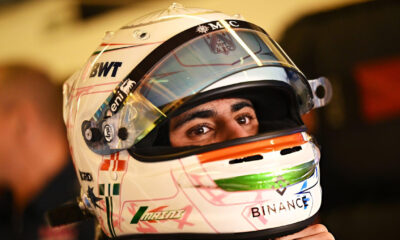



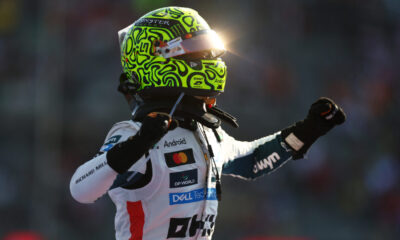

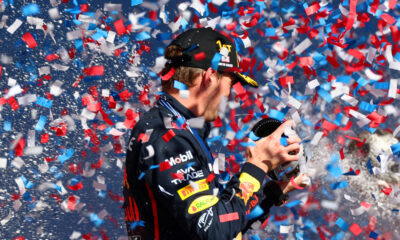

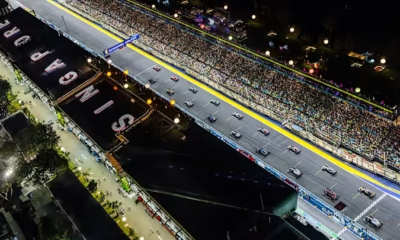






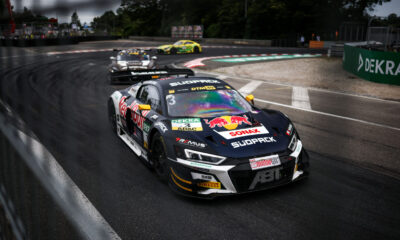

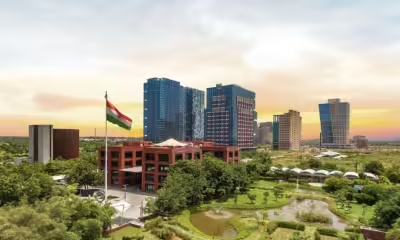

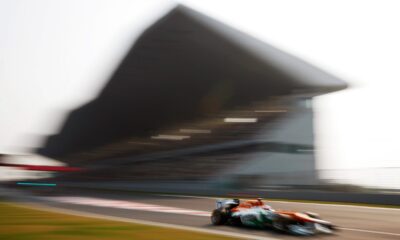

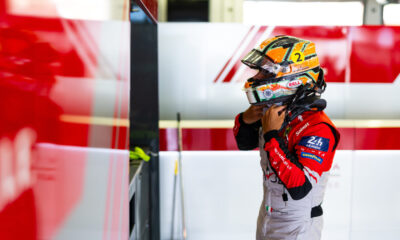







You must be logged in to post a comment Login